Affiliate links on Android Authority may earn us a commission. Learn more.
Have phones become too expensive?
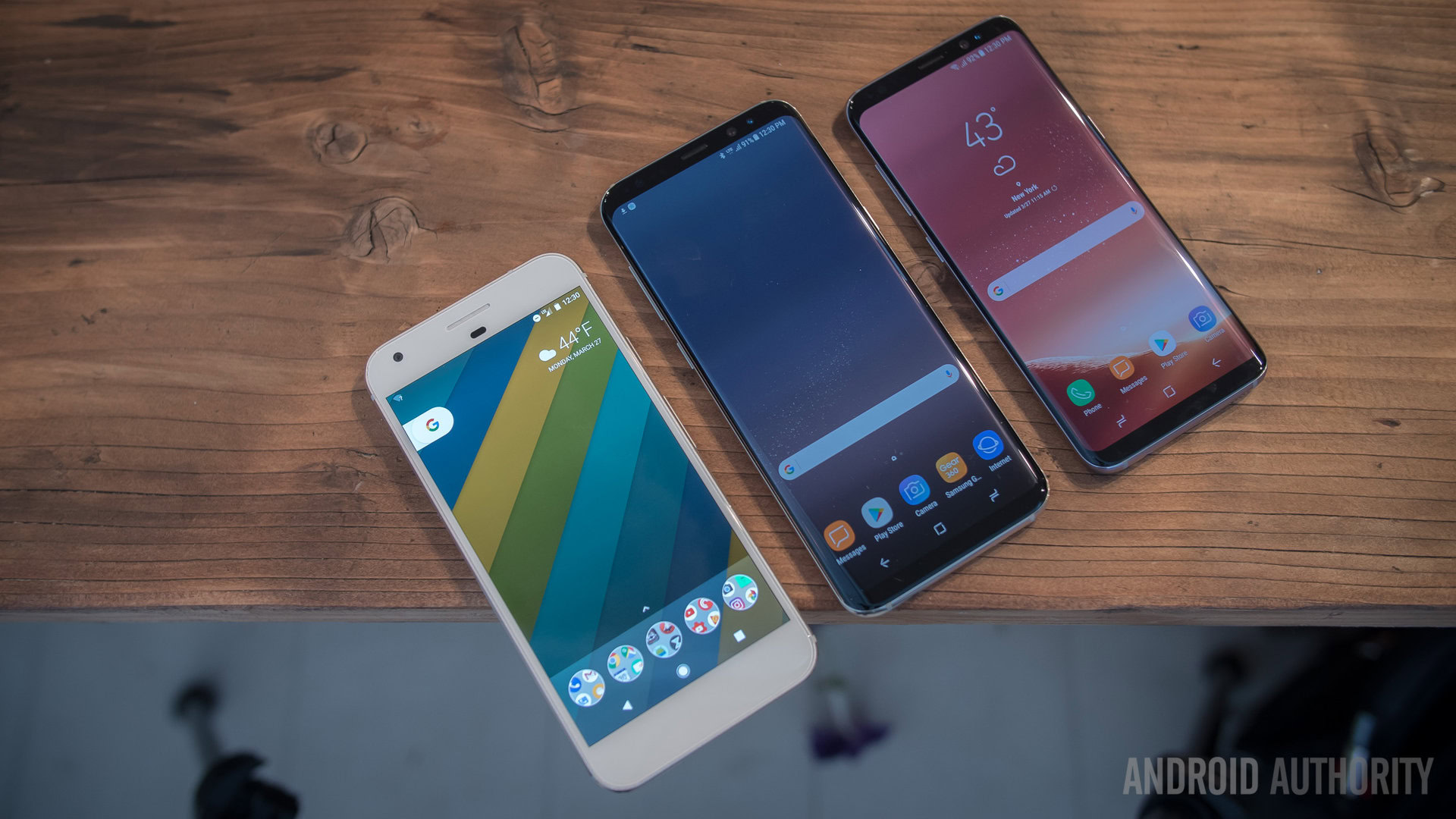
Buying the latest flagship is always a costly purchase, but you’re probably not alone in wondering whether we’re overpaying today compared with generations gone past. In certain instances it seems that you can quickly approach $1000 for a flagship handset – depending on contract options, storage capacity, and other assorted accessories – while less than a decade ago we would have considered prices approaching $700 as probably a bit too high.
Of course, there are a wide variety of manufacturers and handsets out there today to suit a range of price points and features. Even so, it’s hard to shake the feeling that the very best handsets from the big names, take the Google Pixel for example, are more expensive than ever. Perhaps top-end manufacturers with a well known brand are simply profiteering?
A look at the launch prices of Samsung’s hugely popular Galaxy S flagship series reveals a steadily increasing minimum and average price of its flagship over the past five years.
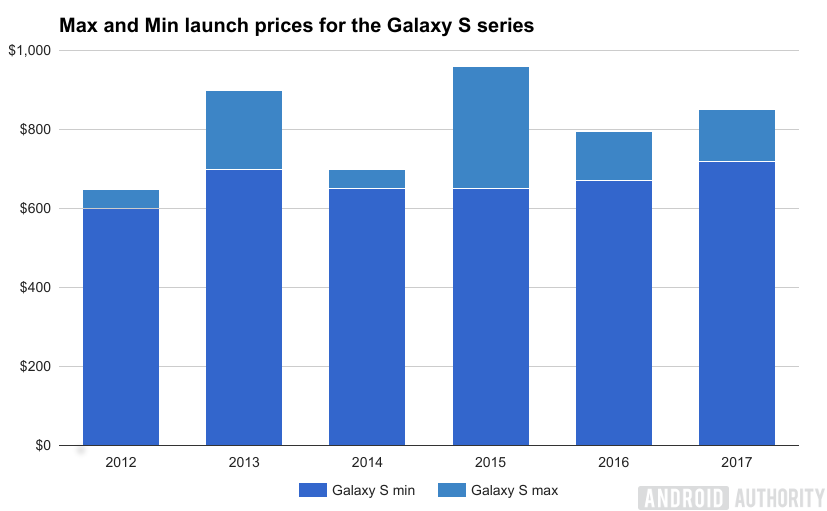
Of course, the wide range of carrier purchasing options and regional deals means that these prices can vary quite widely, with some consumers ending up paying over $1,000 for a flagship phone on a contract option over a couple of years. Interestingly with the Galaxy S series, Samsung’s recent lack of memory options in the US and Europe has seen the highest prices of its Galaxy S7 Edge and new S8 Plus actually fall under the cost of the 128GB Galaxy S6 Edge. Even so, we can still spot an upward trend in the minimum price, which has gone up by about $100 over the past five years.
Analyzing data across a wider range of flagship launches in the past five years confirms this general upward trend. Again exact local prices will vary to some degree, but the average of our data reveals that flagship prices have risen from around a $600 typical price point in 2012 up to almost $750 in early 2017.
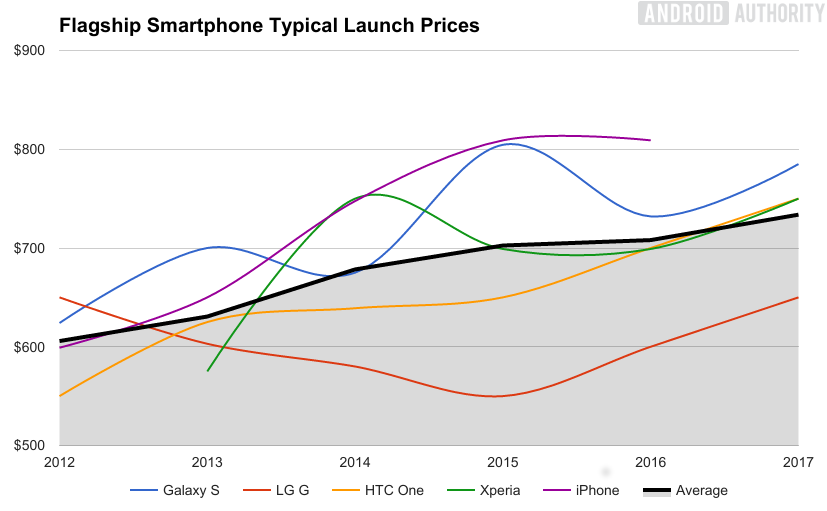
Factoring in inflation, the typical late 2016 / early 2017 flagship smartphone is indeed more expensive than an equivalent from 2012.
That works out to an approximately 25 percent increase in flagship handset prices, depending on the particular range. This certainly outpaces the roughly 10 percent inflation that the US dollar has seen over the same period. What this means is that your typical flagship smartphone is indeed more expensive in real terms than what an equivalent device cost 5 years ago, but there are probably some good reasons for this.
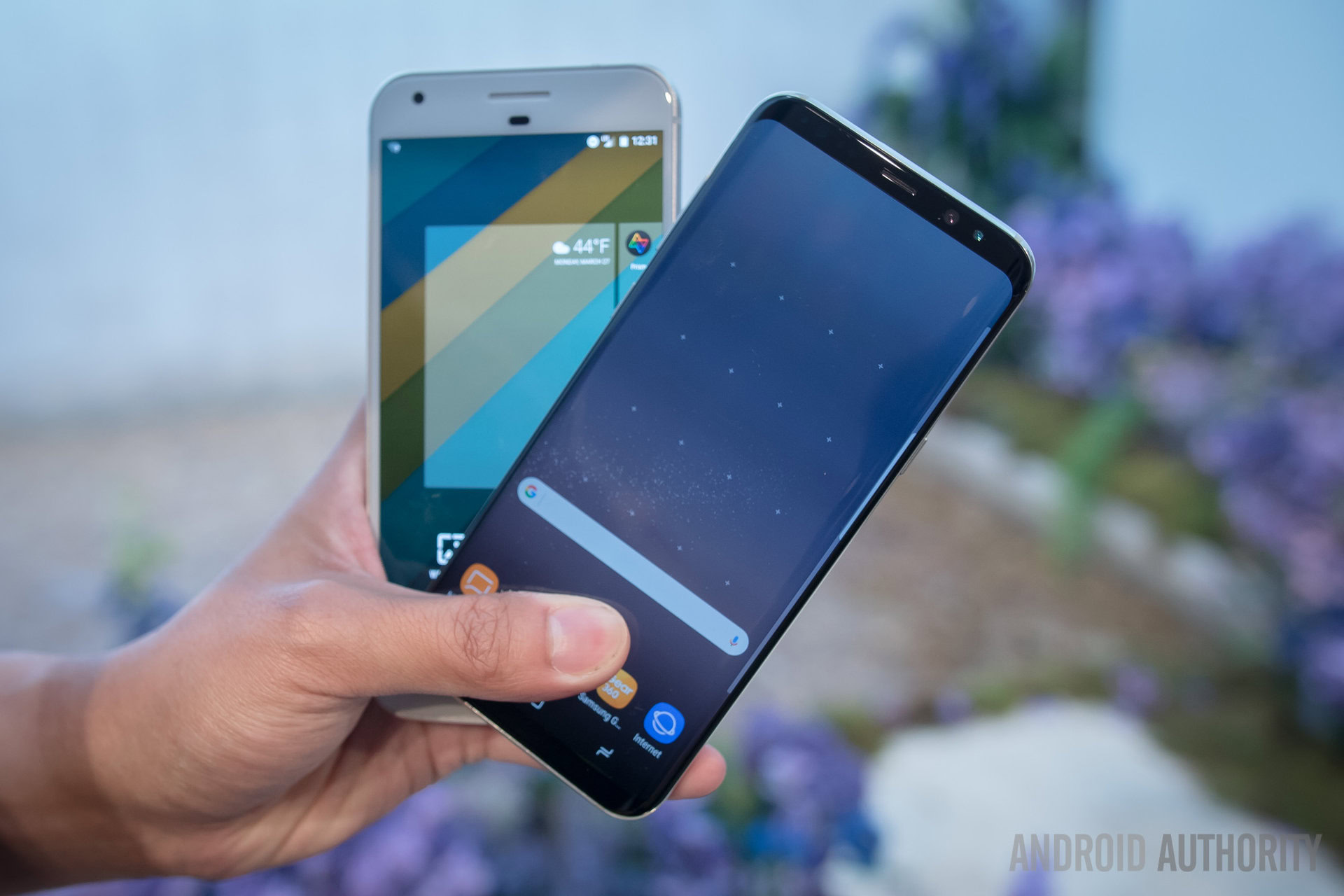
New hardware increasing costs?
Of course, the typical smartphone from 2012 barely resembles the new announcements from the likes of LG, Samsung, and Sony. Not only are hardware specifications greatly improved in terms of performance, but the build quality and materials used in today’s smartphones certainly seem more expensive than the plastics found older generation handsets.
Furthermore, smartphones are packing in a larger array of features these days, each of which requires more hardware and additional development resources. Between fingerprint scanners, fast charging technology, better audio components, and other extras, there’s more technology packed into our phones than ever. And that’s not including any increases in processor, display, or memory technology prices over the past few years
Superior build materials and new features, such as fingerprint scanners and fast charging technology, would surely have added to the manufacturing costs of handsets over the years. Right?
When we look at the estimated bill of materials for Samsung’s Galaxy S series, we can see a steady incline over a number of generations. The Galaxy S2 was calculated to have cost around $215 in raw materials, while the Galaxy S6 edge is presumed to have cost around $284 in components. That’s a 32 percent increase between the two, while the regular Galaxy S7 has seen a 19 percent increase in comparison to the Galaxy S2’s costs. Remember, these figures don’t include hardware and software developer staffing costs either, which may well have risen too.
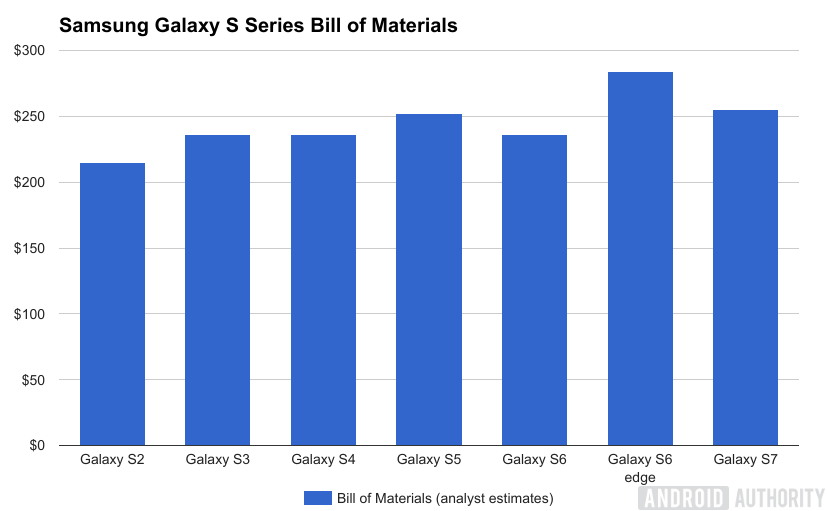
Factoring in all of the above, there seems to be a reasonable correlation between an increase in smartphone material costs and currency inflation, and the price of flagship handsets over the years. So although our flagship smartphones are certainly more expensive than half a decade ago, this doesn’t appear to be a result of profiteering. Not that we particularly would have expected that to be the case, given the competitive nature of the mobile market over the past few years.
Growth of the super mid-tier
We’ve only focused on the most expensive flagship smartphone so far, but there’s a growing segment of the smartphone market that’s offering decent high-end specifications at prices much lower than the premium tier too. These ‘super mid-tier’ handsets might not pack in all of the latest technologies, but this makes them probably closer to older generation handsets, offer up compelling experiences at prices well below the $700 mark.
The growth of the super mid-tier is offering consumers more cost effective alternatives to premium flagships, and these probably share more in common that older flagships features. With that in mind, high performance smartphones are actually more affordable than ever.
It’s in this handset range that the benefits of the falling costs of technology can actually be felt. The falling prices of non-cutting edge processors, displays, memory, and even camera modules, thanks to refined manufacturing techniques and increased production yields, has empowered a new segment in the mobile market that simply didn’t exist half a decade ago. In that sense, good phones are cheaper than they’ve ever been.
So are we paying too much?
While I’m sure we’d all love for smartphones to cost less, there’s always going to be a cost associated with staying on the top of the latest technologies and the growing capabilities of top-tier handsets have seen prices increase over the past few years. That being said, there’s a greater range of handset available now than ever before, and some high performance, feature rich models that are actually cheaper in real terms than flagships from a few years ago.
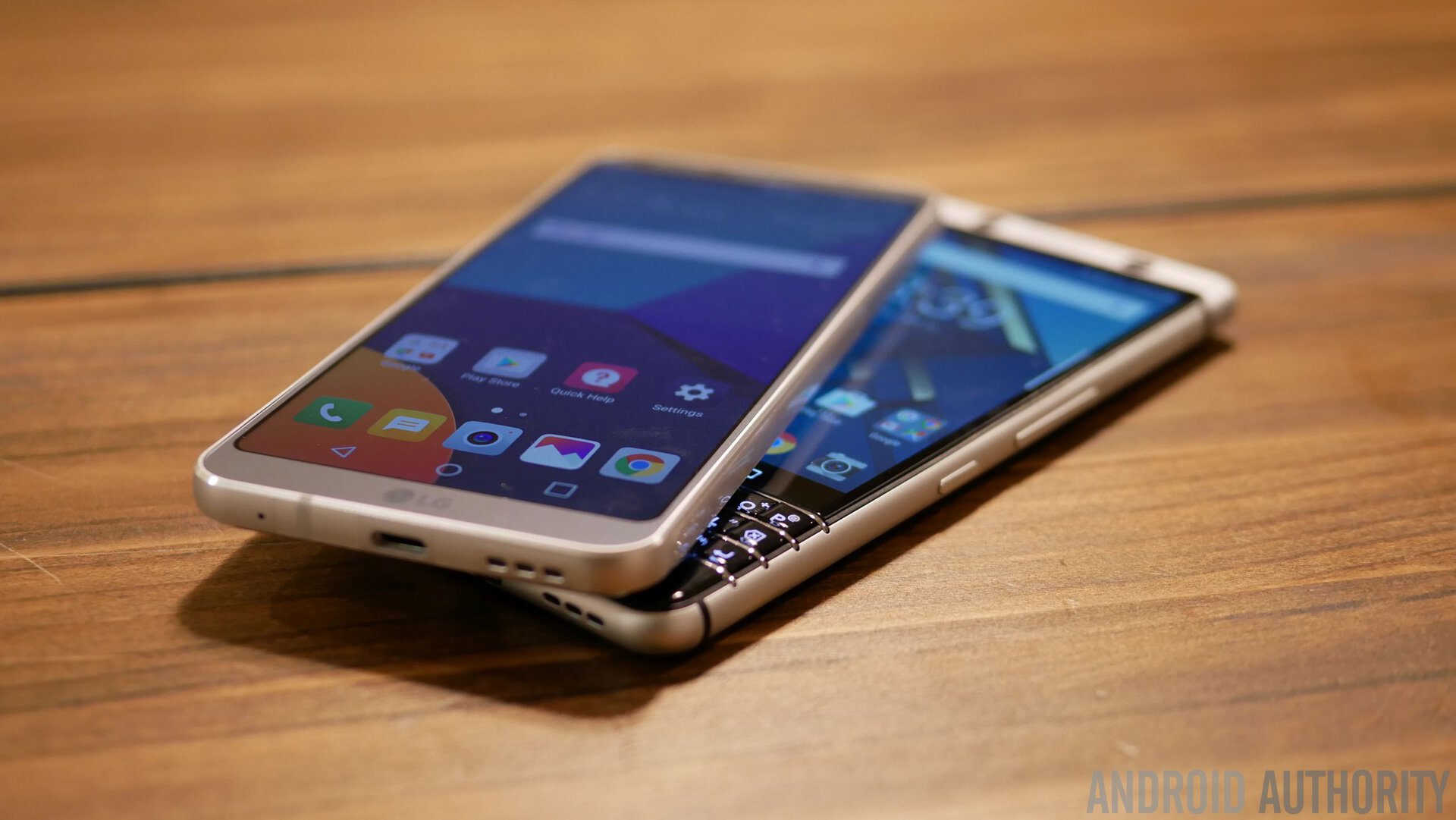
That being said, your typical flagship smartphone is indeed more expensive than models from the same companies that were released half a decade ago. However, this is more a result of the increasing feature sets packed into smartphones, rather than companies simply raising their prices. We also have to consider that with all the super mid-tier devices, high-end flagships are arguably in slightly less demand than they might have been a few years ago, and as there becomes less demand, pricing might increase to make up for it.
How about yourselves? Do you feel that flagship smartphones are overpriced these days, or are the latest innovations worth the growing cost?